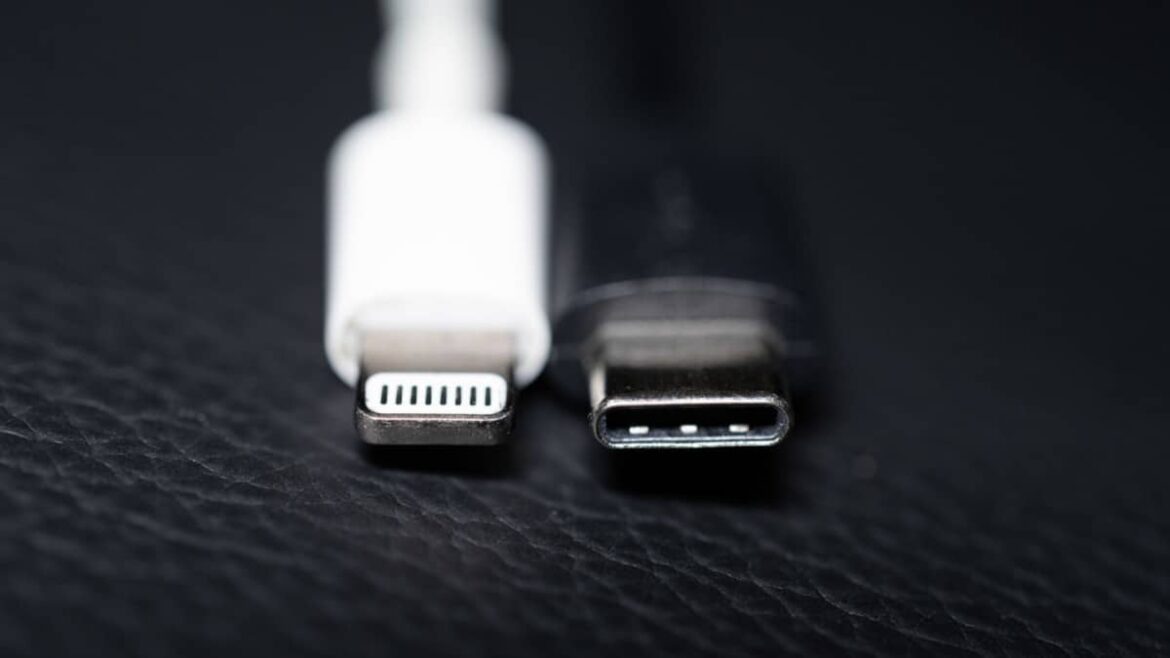1.6K
According to an EU decision, the USB-C charging cable is to become the standard across all devices from mid-2024. This regulation simplifies the charging of different devices and is also intended to save electronic waste.
USB-C charging cable as standard – All information at a glance
On 08.06.2022, the EU set USB-C as the uniform standard for charging sockets.
- This regulation will come into force from mid-2024 and will not apply retroactively.
- The issue of charging sockets has long been an issue within the EU.
- In 2009, a first step was decided, agreeing on three common types of sockets (Micro-USB, USB-C, Lightning connectors).
- The EU expects to save 1000 tonnes of e-waste annually through standardisation.
- Thus, the decision will have a positive impact on the environment, as resources will be saved and less waste will be produced.
- This development can also be seen as positive for the end customer.
- Many electrical appliances no longer include a charging cable. For example, if you buy mobile phones with different charging sockets, you also have to buy a new cable.
- So standardisation can save money for the end user.
Which appliances the regulation applies to
The recent EU decision covers a wide variety of electrical appliances.
- It applies mainly to small and medium-sized electrical appliances in the first step.
- This means that smartphones, tablets, digital cameras, headphones, portable speaker boxes, e-readers, keyboards, computer mice, navigation devices, smartwatches and game consoles, for example, are affected by the regulation.
- While many Android devices already have a USB-C charging port, it is Apple-branded products that are affected by the change.
- In the second step, the charging sockets of laptops are also to be standardised to USB-C.
- The transition period for laptops, however, is longer. After a period of 40 months, the regulation will therefore only apply from 2026.
- When it comes to laptops, Apple is ahead. MacBooks are already equipped with USB-C charging sockets.

